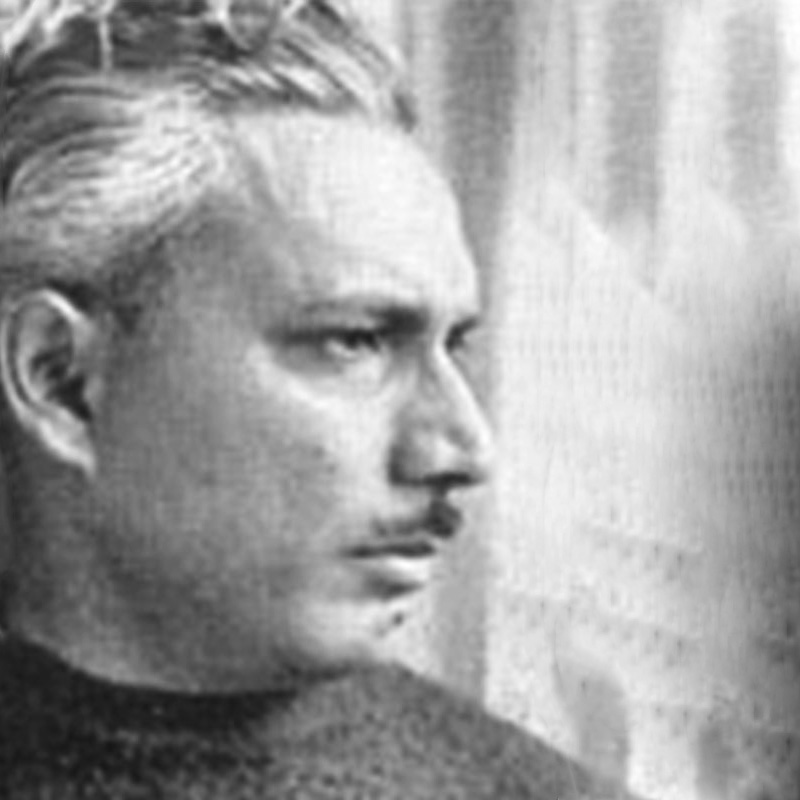
Prodosh Dasgupta was born in Dhaka (now in Bangladesh) in 1912. He graduated from Calcutta University before going to learn sculpture at the Government School of Art and Craft, Chennai, and the Lucknow School of Arts and Crafts.He further studied sculpture at the Royal Academy of Arts and LCC Central School, London, and the Ecole de Grand Chaumier, Paris.
On his return to India in 1940, he set up his studio in Calcutta. He also founded the Calcutta Group with artists Rathin Mitra, Nirode Mazumdar, Paritosh Sen, Hemant Mishra and Gopal Ghose, which held its first exhibition in 1943. The group was founded to break away from the formal styles taught in Indian art institutions, and move towards a more global aesthetic. Stemming from his belief that contemporary Indian sculpture did not stem from any definite root, Dasgupta searched for a sculptural form which expressed contemporary ideas yet creating a form to express the pressure of energy oozing out. Dasgupta undoubtedly achieved the fluid rhythm in his sculptures that reflected Western influences along with traditional Indian ones. He also tried creating sculptures that balanced form and content. He experimented with the idea of creating a sculpture in a few minutes coined ‘instant sculpture’.
It was important for him to physically engage with the material without any preconceived notions. As part of the process of creating the sculptures, he squeezed, twisted, rolled, pinched and flattened the clay. Some of his figurative sculptures were realistic, and some were more abstract in nature.
Dasgupta served as Curator of the National Gallery of Modern Art (NGMA), New Delhi, from 1957 to 1970. Dasgupta was also elected a Fellow of the Royal Society of Arts, London, and participated in several exhibitions in India and internationally. In 2008, the NGMA hosted a major retrospective of his works. He passed away in 1991.